A Turreted Cottage With 19th Century Horticultural Roots in New Rochelle
It’s a modest little shingled 19th century cottage in New Rochelle, but a little digging into the past seems to point to a connection with a major horticultural figure of the Gilded Age.

It’s a modest little shingled 19th century cottage in New Rochelle, but a little digging into the past seems to point to a connection with a major horticultural figure of the Gilded Age.
The storybook-looking house on the market at 138 Perth Avenue sits on the former grounds of a massive nursery once run by Henry A. Siebrecht.

The name doesn’t sound familiar? If you needed flowers for your major society wedding, shrubbery for your Gilded Age estate or craved exotic palms or orchids to impress your guests, you may have sought out the wares of Siebrecht. Born in Germany around 1849, Siebrecht arrived in America in 1866 after studying botany and horticulture at university.
He set up a florist shop in New York City in 1867 and in the 1870s purchased land in New Rochelle for the establishment of a nursery. Rose Hill Nurseries (also known as Siebrecht & Sons and Siebrecht & Wadley) would become a massive business.
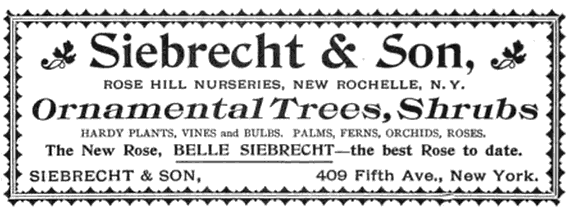
By the 1890s the New Rochelle nursery and New York office were joined by a tropical nursery in Trinidad and a seasonal branch in Newport, R.I. The company imported orchids, supplied trees, perennials and annuals as well as “rustic” work, including arbors, bridges and pagodas. Catalogs from the 1880s through the early 20th century show a wealth of plant material available.
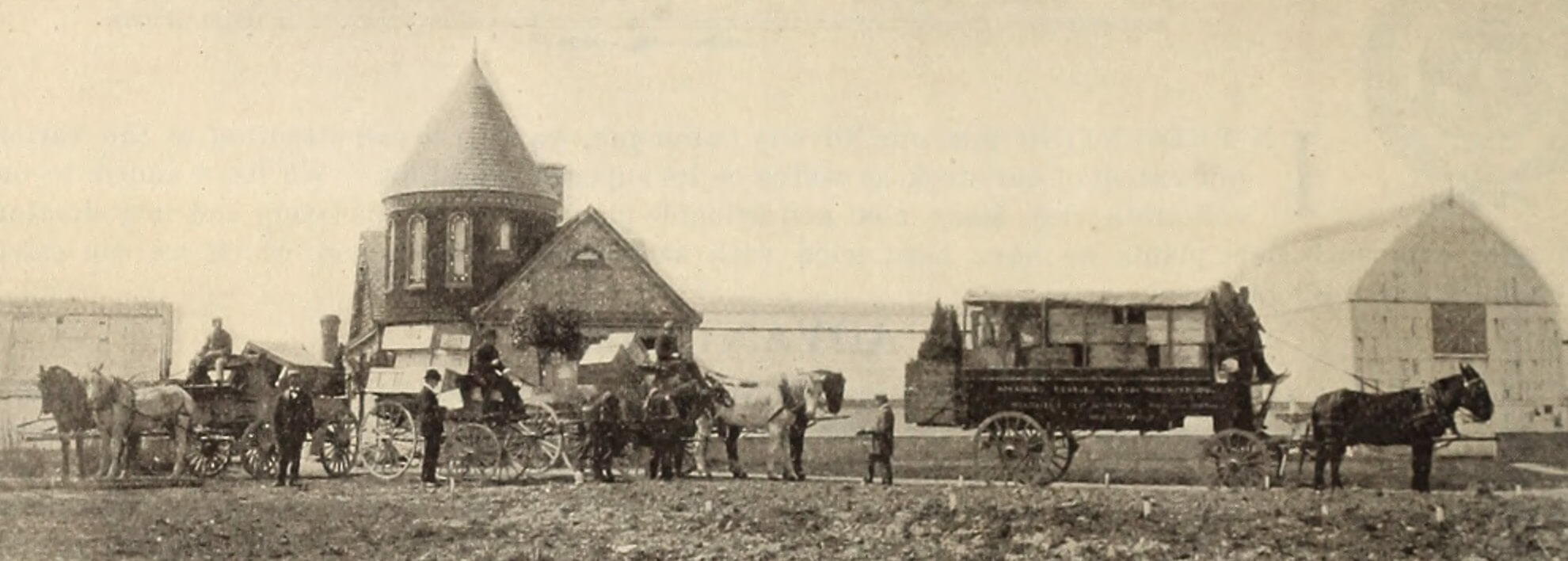
The firm supplied plantings to the estates of some of the eras wealthiest people, including John D Rockefeller at Pocantico Hills, N.Y. and Solomon Guggenheim in Elberon, N.J. Their specimens were also planted at The New York Botanical Garden, the 1904 World’s Fair and Coney Island, among many other sites. The New York Times obituary in 1934 for Henry A. Siebrecht credited him with everything from inventing the wedding bouquet to bringing the ginkgo tree to America. The bit about the ginkgo tree is hyperbole, but Siebrecht was recognized as an innovative industry leader during his time.
The nursery in New Rochelle remained a backbone of his business in the late 19th and early 20th century, with thousands of square feet of greenhouses for roses, chrysanthemums, ferns, tropical plants and more. In 1897, 42,000 square feet of greenhouse space alone was added to accommodate the country’s fascination with palms.

A visitor in 1892 described the nursery as occupying “the ridge of a low hill from which there is a pleasant view over the surrounding country” and as having an “air of prosperity and organization.” In 1917, The Florists’ Review claimed that “the name of Siebrecht has been a household word — floriculturally — in New York for nearly half a century.”
A whimsical illustration from an 1897 Siebrecht catalog gives a full view of the operation, with acres of greenhouses, a windmill, gazebo, water features, a grand residence at the entrance and a turreted office in the center. That turreted office looks strikingly similar to the house at 138 Perth Avenue.
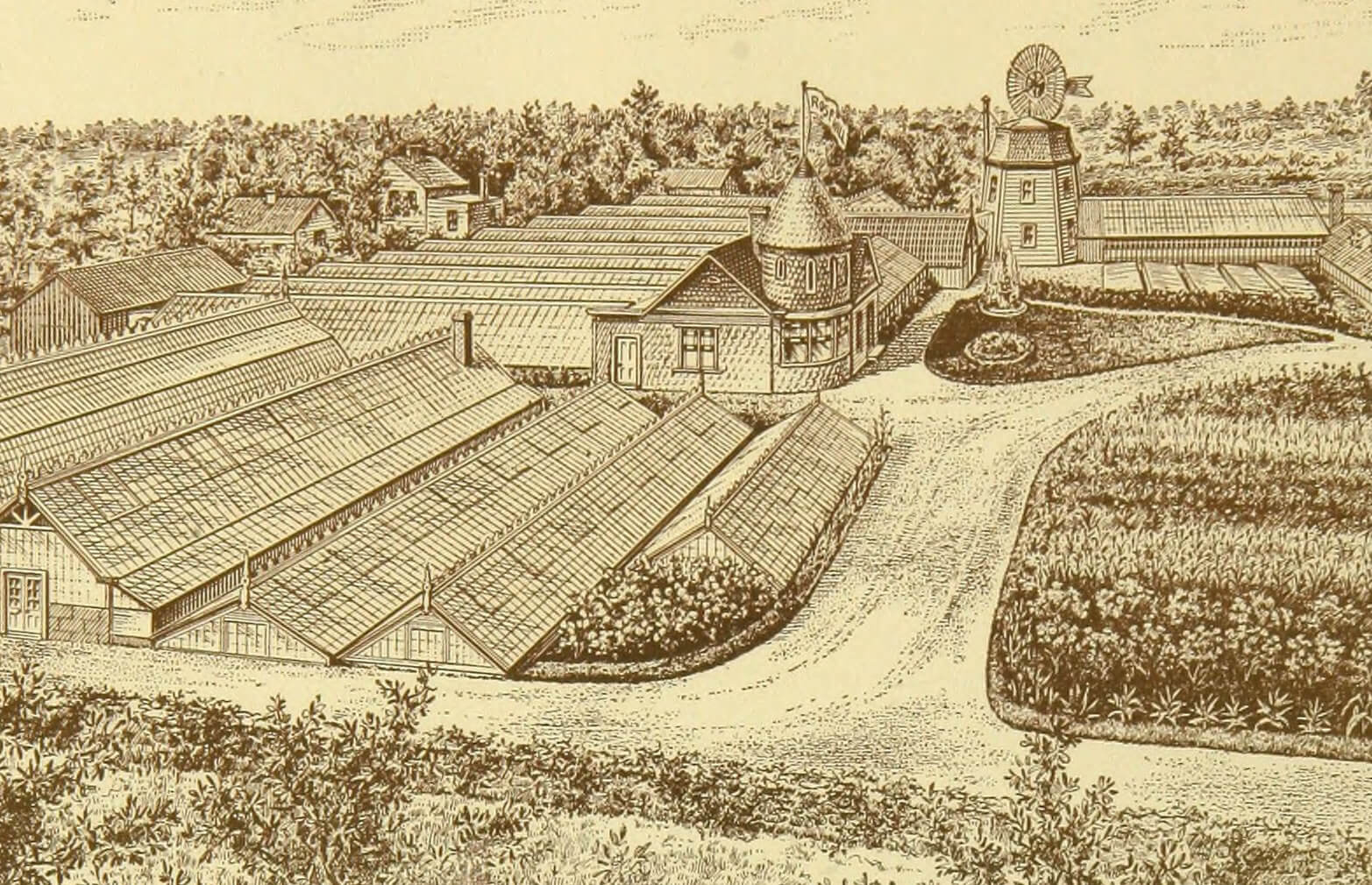
A closer look at sketches and photographs of the office from Siebrecht catalogs shows that except for some differences in window style, the massing and decorative details are the same. There’s a shingled turret with an ornamental band below its conical roof and peaked front and side gables. While the arched windows in the turret and front gables are squared off at 138 Perth Avenue, the window placement is identical.
A 1931 Sanborn map shows a small turreted house off Perth Street as the office for Rose Hill Nurseries, and 1930s New Rochelle city directories list 138 Perth Avenue as both the home of one Henry Camardella and the offices for Rose Hill Nurseries. While Rose Hill Nurseries downsized during the depression it still remains in business in New Rochelle and in the hands of the Camardella family.
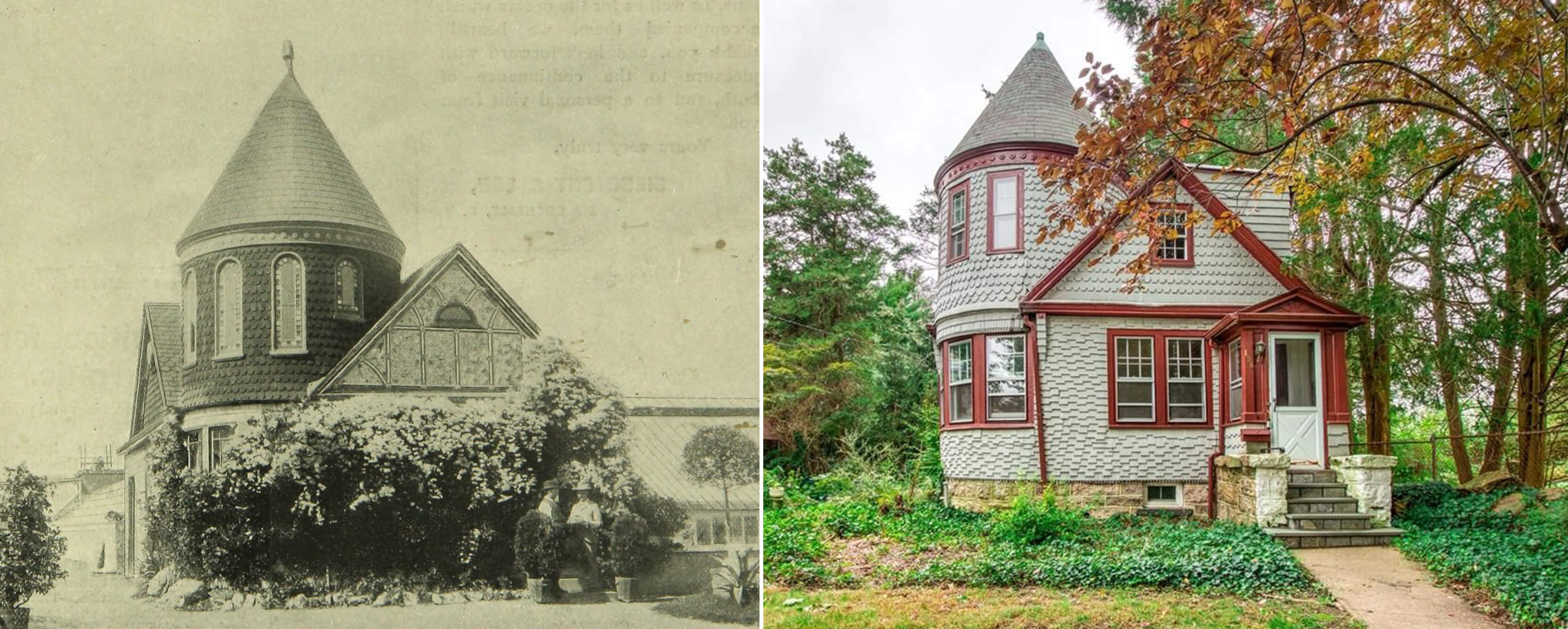
The acres of greenhouses are gone and the Rose Hill Nurseries property, while nearby, no longer includes the house on Perth Avenue. It’s now on the market as a single-family home.
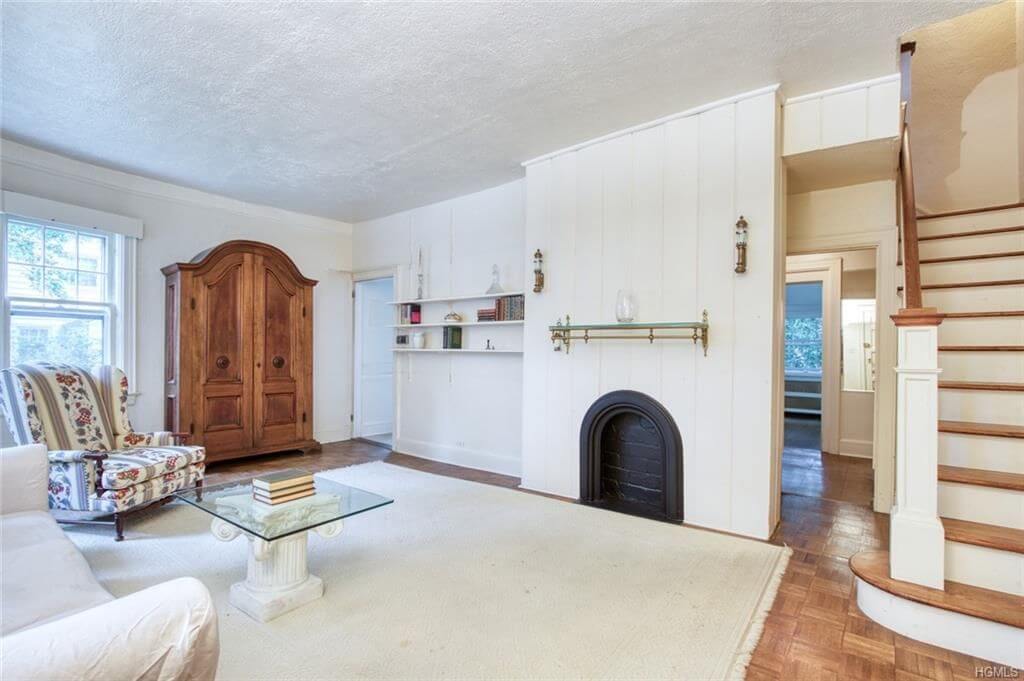
As implied from the somewhat diminutive exterior, the house is relatively modest inside. As one might expect with its apparent history, there have been some changes to the interior, but it retains some cottage-like charm and some period details.
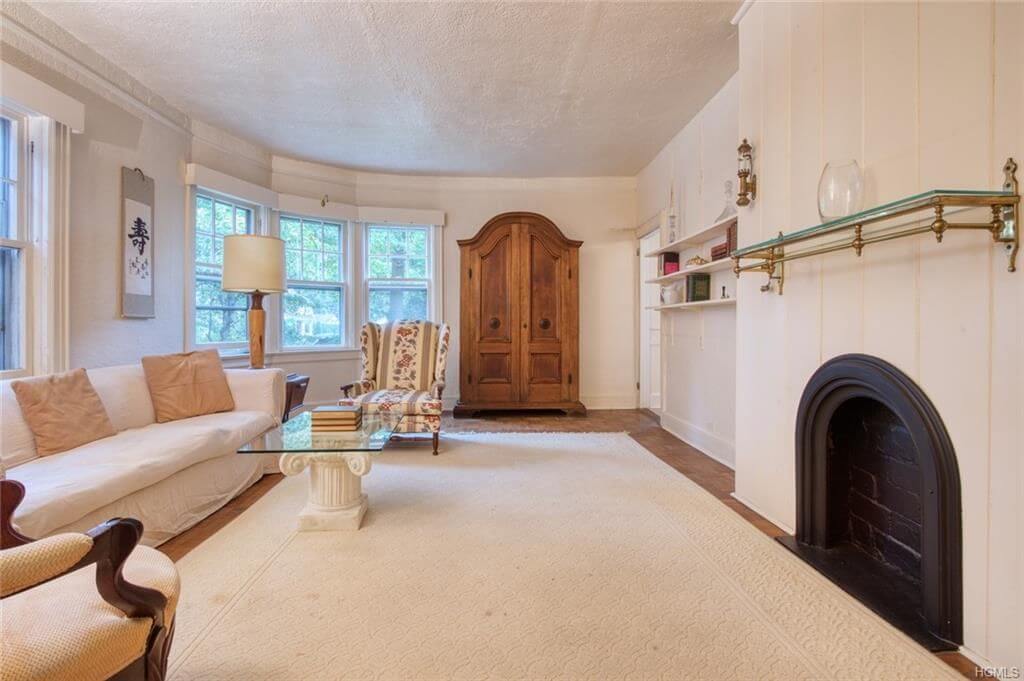
The parlor has an appealing curve from the turret, a sweep of windows and a decorative fireplace. Entertaining wise, there’s no formal dining room on the first floor, just the front parlor and the kitchen.
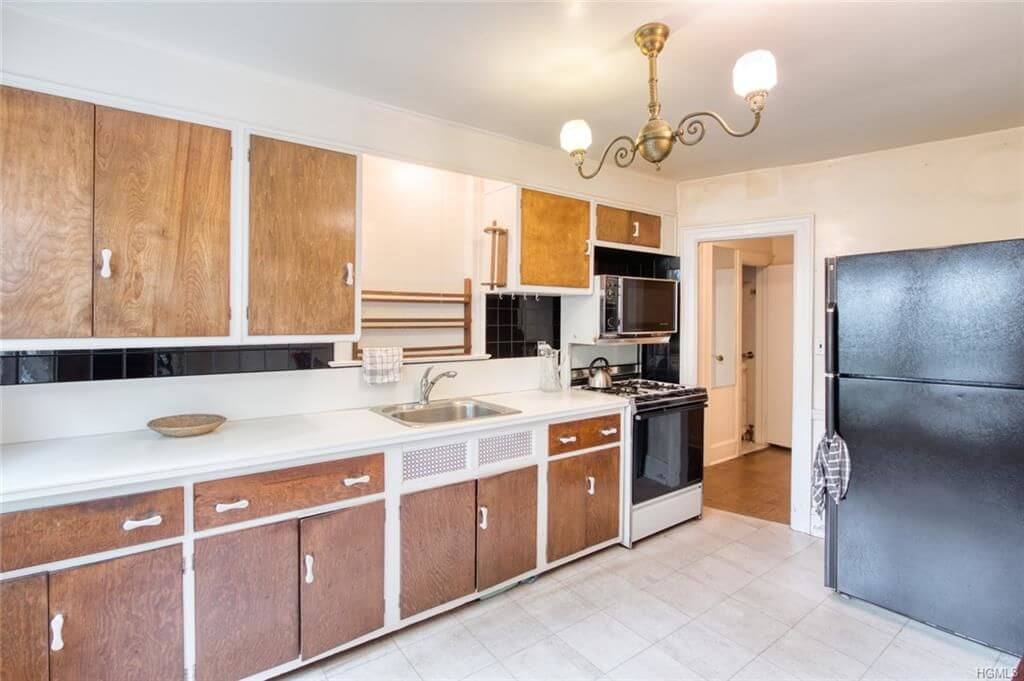
The kitchen could definitely use some upgrades to amp up its charm factor, but it does seem somewhat spacious.

There’s one bedroom on the first floor and three more upstairs.
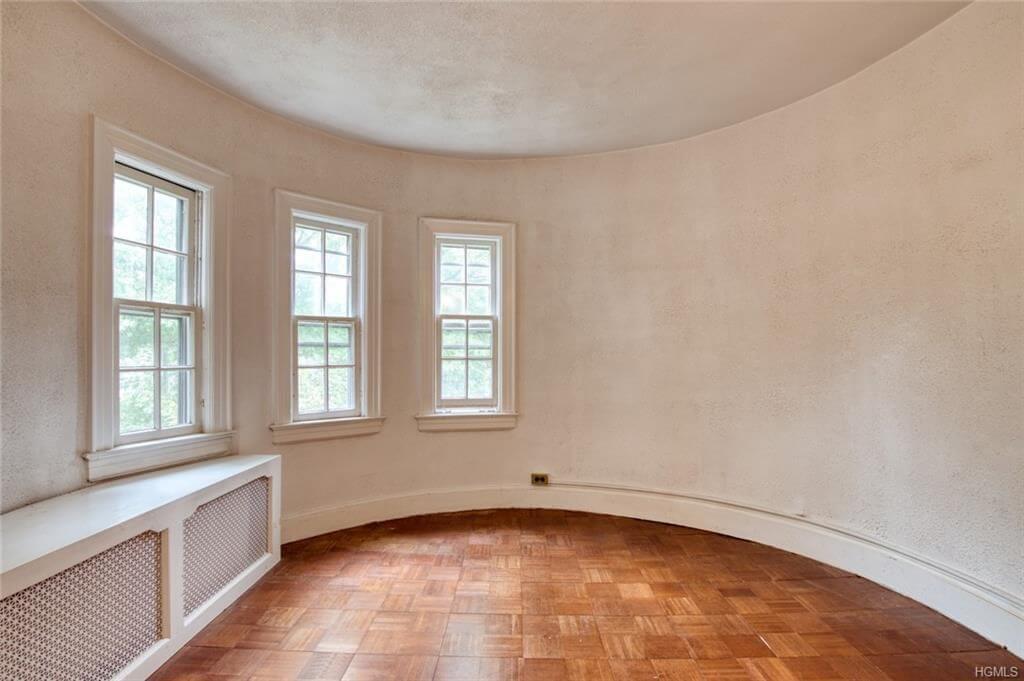
One of the upstairs rooms is only reachable through another bedroom, but it’s got the prime spot in the turret, perhaps ideal for an atmospheric library or office.
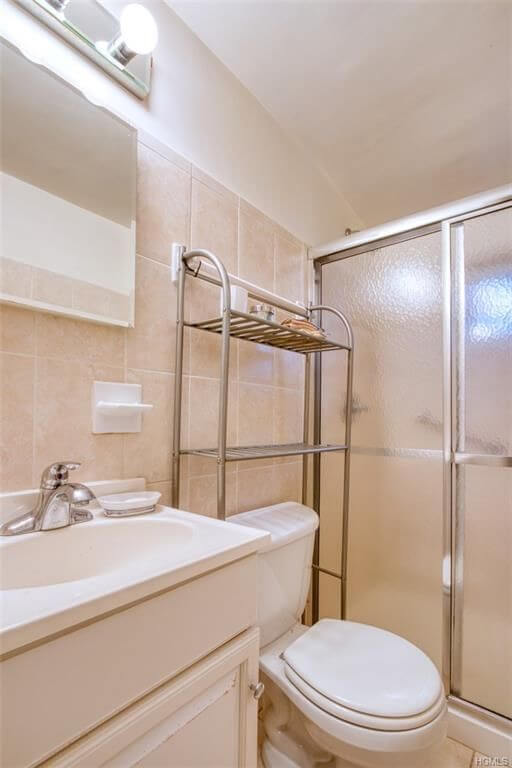
There’s a full bath on the ground floor — alas, no vintage tub. There’s a half bath located upstairs, off of one of the bedrooms.
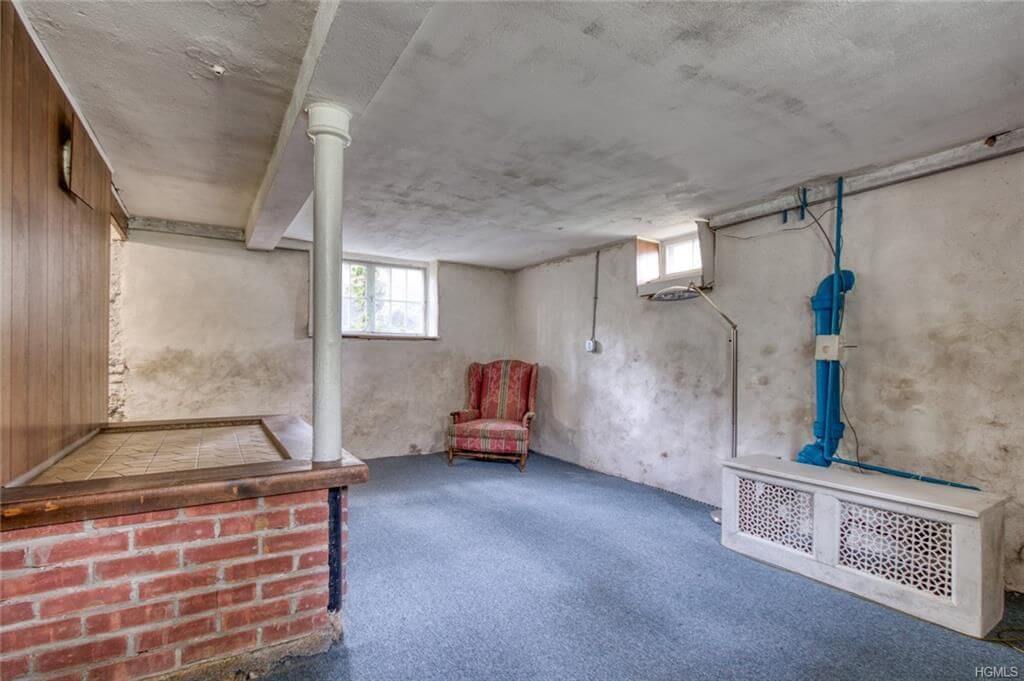
The basement looks like it might have been turned into a rumpus room in the mid 20th century and could use a bit of work, but does give some extra space to the otherwise small house.
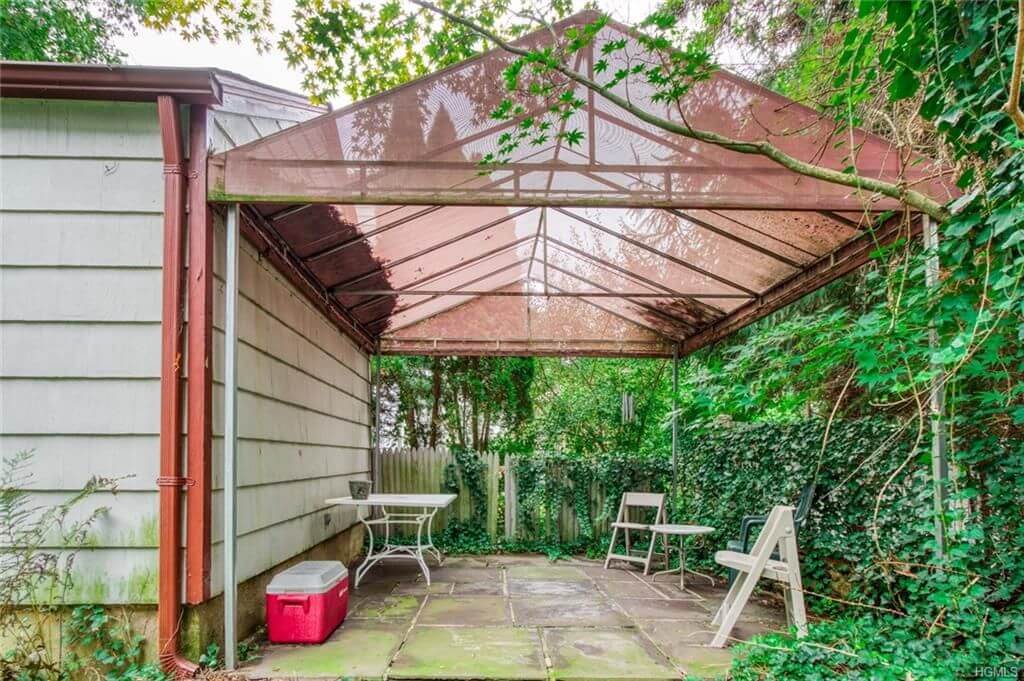
The house sits on under an acre at the end of a cul-de-sac — not enough land for your own massive greenhouse but perhaps enough to get a small garden blooming around the house. If you want to learn about even older New Rochelle history, the house is less than a mile walk to the historic Thomas Paine Cottage Museum, where you can gain a little insight into the life of the “Common Sense” author. For trips into the city, the New Rochelle train station with MetroNorth service is a less than a three-mile car ride away.
The house is listed for $489,999 by Nuno R. Ribeiro of Redfin Real Estate.
Related Stories
- Finding a Home for the ‘Tired Brain Worker’ in Wykagyl Park
- A Chance to Take Up the Life of an Innkeeper in Hudson, Yours for $1.7 Million
- Open the Dutch Door and Settle Into the Oldest House in Scarsdale, Yours for $1.395 Million
Email tips@brownstoner.com with further comments, questions or tips. Follow Brownstoner on Twitter and Instagram, and like us on Facebook.






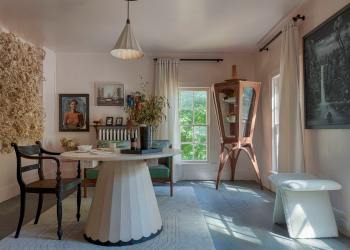


What's Your Take? Leave a Comment